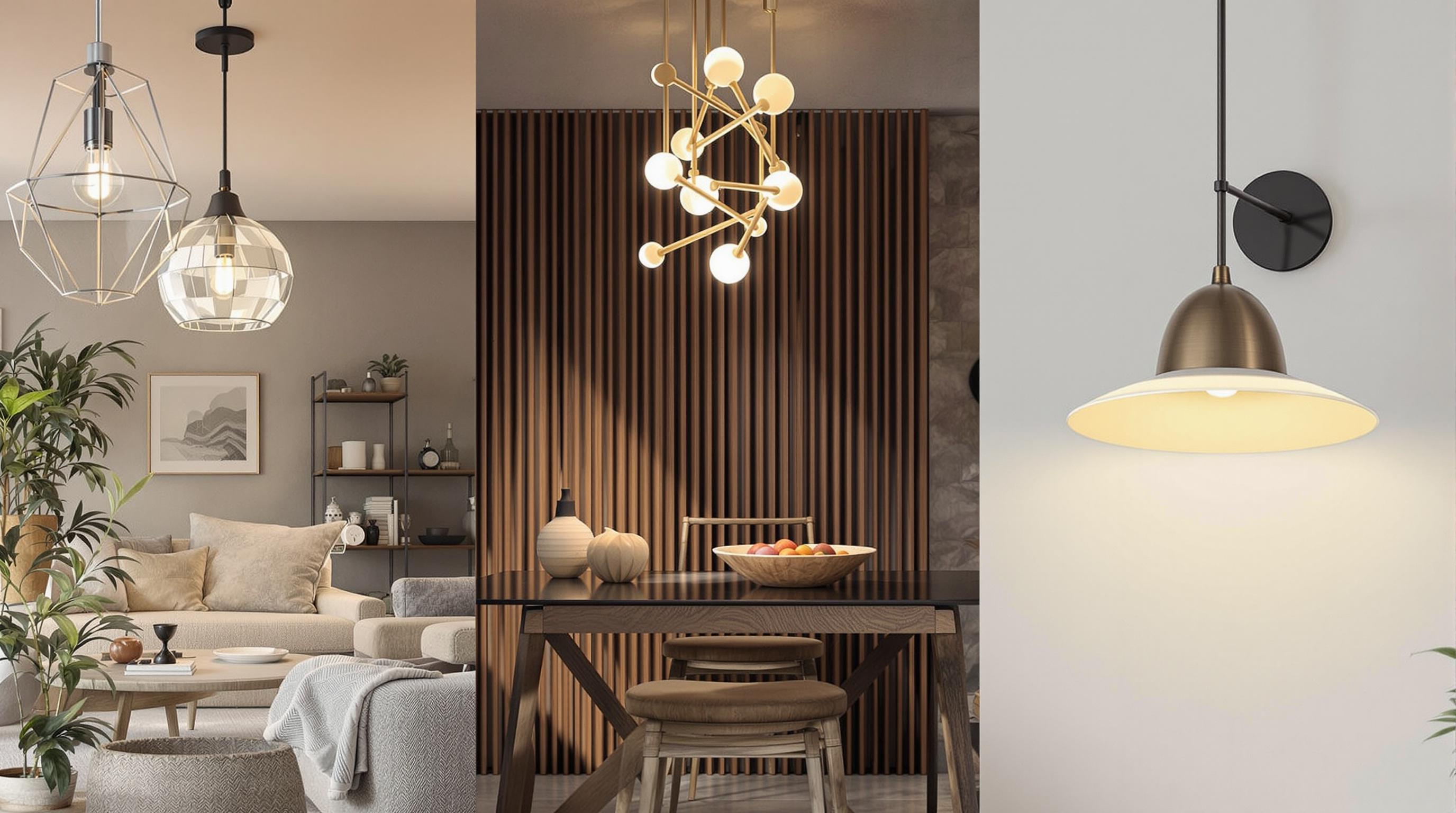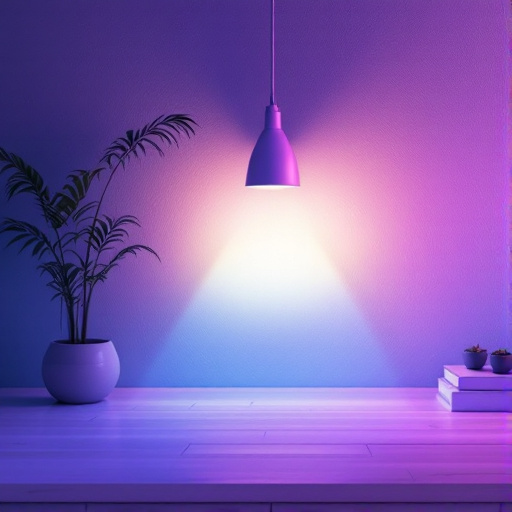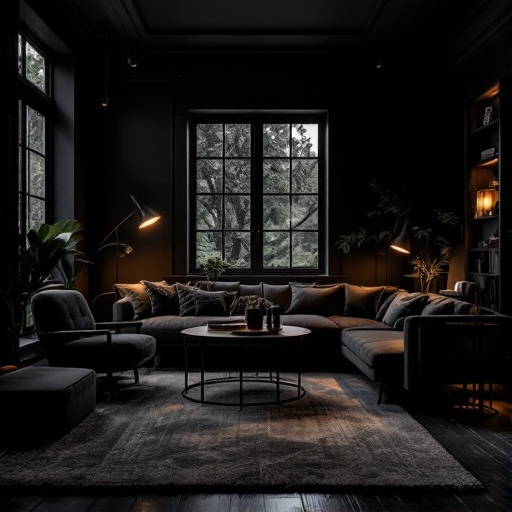Featured Articles
- 12 Innovative Home Lighting Ideas Inspired by Nature’s Hidden Patterns and Ancient Traditions
- 7 Best Human-Centric Lighting Fixtures Released Since 2019 That Truly Transform Your Living Space
- Illuminate Your Mood: How Color Psychology in Home Lighting Can Affect Your Emotions and Well-Being
- Illuminate Your Mood: The Surprising Psychology of Color in Home Lighting Choices
- "Illuminate Your Mood: The Surprising Science of Light Colors and Emotional Well-Being at Home"
12 Innovative Home Lighting Ideas Inspired by Nature’s Hidden Patterns and Ancient Traditions
12 Innovative Home Lighting Ideas Inspired by Nature’s Hidden Patterns and Ancient Traditions
12 Innovative Home Lighting Ideas Inspired by Nature’s Hidden Patterns and Ancient Traditions
1. Fibonacci Spiral Lamps
The Fibonacci sequence appears throughout nature, from the arrangement of sunflower seeds to the spirals of galaxies. Incorporating this mathematical pattern into home lighting creates an organic, harmonious aesthetic.
Fibonacci spiral lamps feature curves that emulate this natural growth, offering a pleasing visual rhythm. Designers craft fixtures where light coils gently outward, reminiscent of seashells or pinecones.
Such lamps often employ LED technology to highlight the spiral pattern delicately, blending ancient mathematical beauty with modern energy efficiency. This idea links timeless natural patterns to contemporary living spaces.
2. Biomimicry of Leaf Veins in Pendant Lights
Leaf vein patterns are efficient networks for nutrition transport, and their intricate design inspires lighting that diffuses illumination evenly. Pendant lights mimicking these veins use layered materials and delicate frameworks to scatter light gently.
By following nature’s blueprint, these lights bring a softness ideal for creating cozy ambient spaces. The vein-inspired shapes also lend an artisanal feel, connecting modern homes with the organic textures of the outdoors.
Applications of this design can range from minimalist to ornate, allowing for versatile use in dining rooms, living areas, or bedrooms where mood lighting is key.
3. Ancient Use of Firelight Patterns
Long before electricity, ancient peoples used firelight to illuminate and decorate spaces. Shadows and flickering patterns created by fire inspired early aesthetic concepts still relevant in lighting today.
Modern lamps replicate the warm, dancing quality of flame using flicker-effect bulbs or kinetic designs that move light in subtle waves. These fixtures evoke the primordial comfort of firelight, fostering relaxation.
This approach links our lighting preferences to deep evolutionary experiences, reminding us of the enduring psychological benefits of natural light rhythms.
4. Celtic Knotwork Inspired Light Fixtures
Celtic knots symbolize eternity and interconnectedness. Their continuous loops inspire light fixtures where woven metal or resin forms intricate light and shadow play.
These lighting designs add depth to a room, providing both decorative detail and diffuse illumination. Using traditional knotwork patterns brings cultural heritage into a contemporary ambiance.
Crafting knot-inspired lamps often involves metalworking or 3D printing, merging ancient art with innovative manufacturing techniques.
5. Coral Structure Chandeliers
Coral reefs reveal complex and porous structures that maximize surface area and light diffusion underwater. Chandeliers inspired by coral shapes use layered translucent materials to soften and scatter lights.
The intricate branching forms create dynamic shadows and patterns on walls and ceilings, echoing the underwater world. These fixtures serve as statement pieces, merging nature's complexity with interior design.
Using sustainable materials that imitate coral allows for eco-conscious design while honoring marine biodiversity through artistic expression.
6. Japanese Shoji Screen Lighting
Shoji screens in traditional Japanese architecture diffuse daylight softly through rice paper, creating a tranquil glow. Lighting fixtures inspired by shoji use similar materials or patterns to evoke serenity.
These lights provide soft ambient illumination ideal for meditation rooms or bedrooms, encouraging relaxation and focus. The grid patterns also introduce order and balance aligned with Zen philosophies.
Combining ancient craftsmanship with modern LED sources enhances durability and energy efficiency without losing cultural significance.
7. Islamic Geometric Patterns as Light Masks
Islamic art features intricate geometric patterns designed to create both beauty and spiritual symbolism. Light fixtures incorporating these patterns as masks or cutouts cast mesmerizing shadows that animate rooms.
This technique uses perforated metal or wood layers to project delicate motifs on surrounding surfaces, blending religious tradition with ambient arts.
Lighting inspired by Islamic geometry celebrates mathematical precision and ornamental heritage, enhancing both aesthetics and atmosphere.
8. Bioluminescence Emulation
Certain marine organisms emit natural light through bioluminescence. Designers mimic this phenomenon using phosphorescent materials or LED installations that glow with soft, organic hues.
Light fixtures inspired by bioluminescence provide an enchanting effect for mood lighting, often used in bedrooms or lounges for calming ambiance.
This innovation connects modern lighting technology with the wonders of the natural world’s self-illuminating life forms, sparking fascination and tranquility.
9. Sacred Geometry in Lighting Design
Sacred geometry explores fundamental shapes believed to have spiritual significance, such as the Flower of Life or Metatron’s Cube. Incorporating these patterns into lighting offers symbolic depth alongside functional beauty.
Fixtures based on sacred geometry utilize laser-cut panels or 3D frameworks to project balanced, symmetrical light forms. These patterns nurture mindfulness and harmonious energy in living spaces.
Integrating ancient spiritual concepts into lighting design combines art, science, and metaphysical tradition for meaningful interiors.
10. Woven Basket Technique for Lampshades
Traditional weaving methods from indigenous cultures inspire lampshades crafted with natural fibers. The gaps in woven materials filter light to create textured and warm illumination.
These shades bring an earthy, tactile quality into contemporary homes, emphasizing sustainability and craftsmanship. They are often handmade, supporting artisan communities and preserving heritage skills.
The interplay of shadow and light from woven lampshades turns simple illumination into sensory, artistic experiences rooted in age-old traditions.




